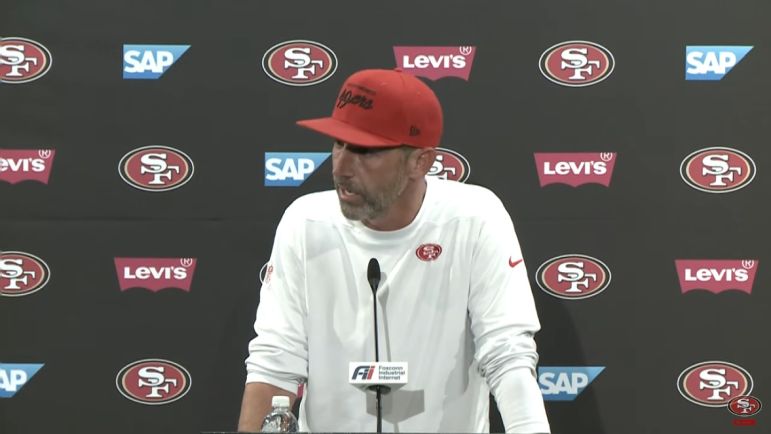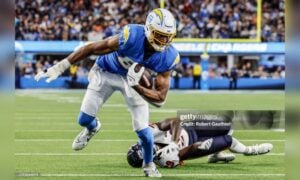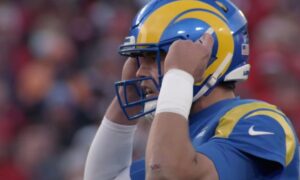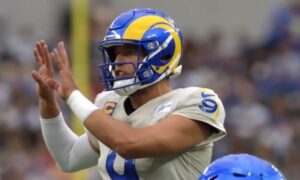There are not a ton of players in the National Football League who from an opposing defensive perspective have a better understanding of the Kyle Shanahan offense than does Pittsburgh Steelers CB Patrick Peterson.
He spent most of his career in the same division as Shanahan’s San Francisco 49ers, and even played them last year with the Minnesota Vikings. Particularly with a young and inexperienced player at quarterback, he knows that’s going to make Shanahan lean even more heavily into the basic tenets of his system. The Steelers just can’t take the bait.
“We know these guys try to show us a lot of eye candy, dressing up a lot of plays, [so we’re] trying to make sure that our communication is on point”, Peterson told reporters yesterday, via the team’s website. “That’s just the nature of going up against a Kyle Shanahan offense”.
“We just have to make sure that we’re all on the same page because they’re not running any rocket scientist plays”, he added. “It’s just the pre-snap shifts and motions that’s forcing you to get in another call or another check, that’s forcing defenses to spread it out”.
Eye candy, or window dressing, is all of the things that a team will do before the snap to make it more ambiguous what play they are actually setting up to run. A five-wide look might start out in a tight set with two tight ends and a fullback, for example. A tackle could motion to the other side of the formation.
A lot of these movements will just be noise, distractions, like throwing your hand in front of the face of somebody trying to catch a ball. For Peterson, it’s about the defense seeing past the hand and not being fooled about what is really coming.
One hopes the Steelers can lean upon his experience and familiarity playing against and preparing for Shanahan’s offensive system and use that to their advantage. He already sounded surprisingly confident in his belief that he will get an interception on the day.
That’s because he said he knows the 49ers offense has a lot of “tells”, little indications that correspond to one particular play or set of plays. The way that a tackle is set, for example, could be a key to either a run or a pass. A specific motion may signal a specific type of play.
No, perhaps it’s not rocket science, but you also don’t need to be a rocket scientist to figure out that if you vary your looks, you can minimize the effect of “tells”. If you present a “tell” and then you do the opposite of what it’s supposed to signify, you can cause the defense to pause the next time they see it, uncertain about what is coming.








